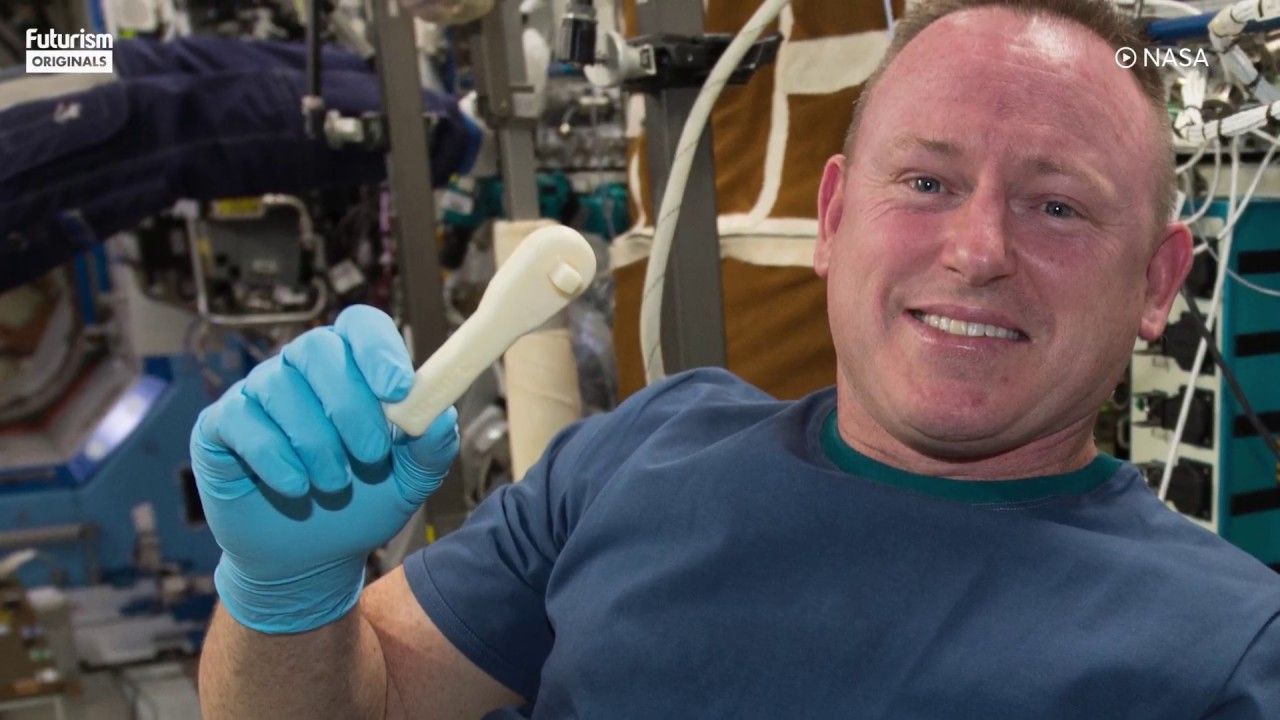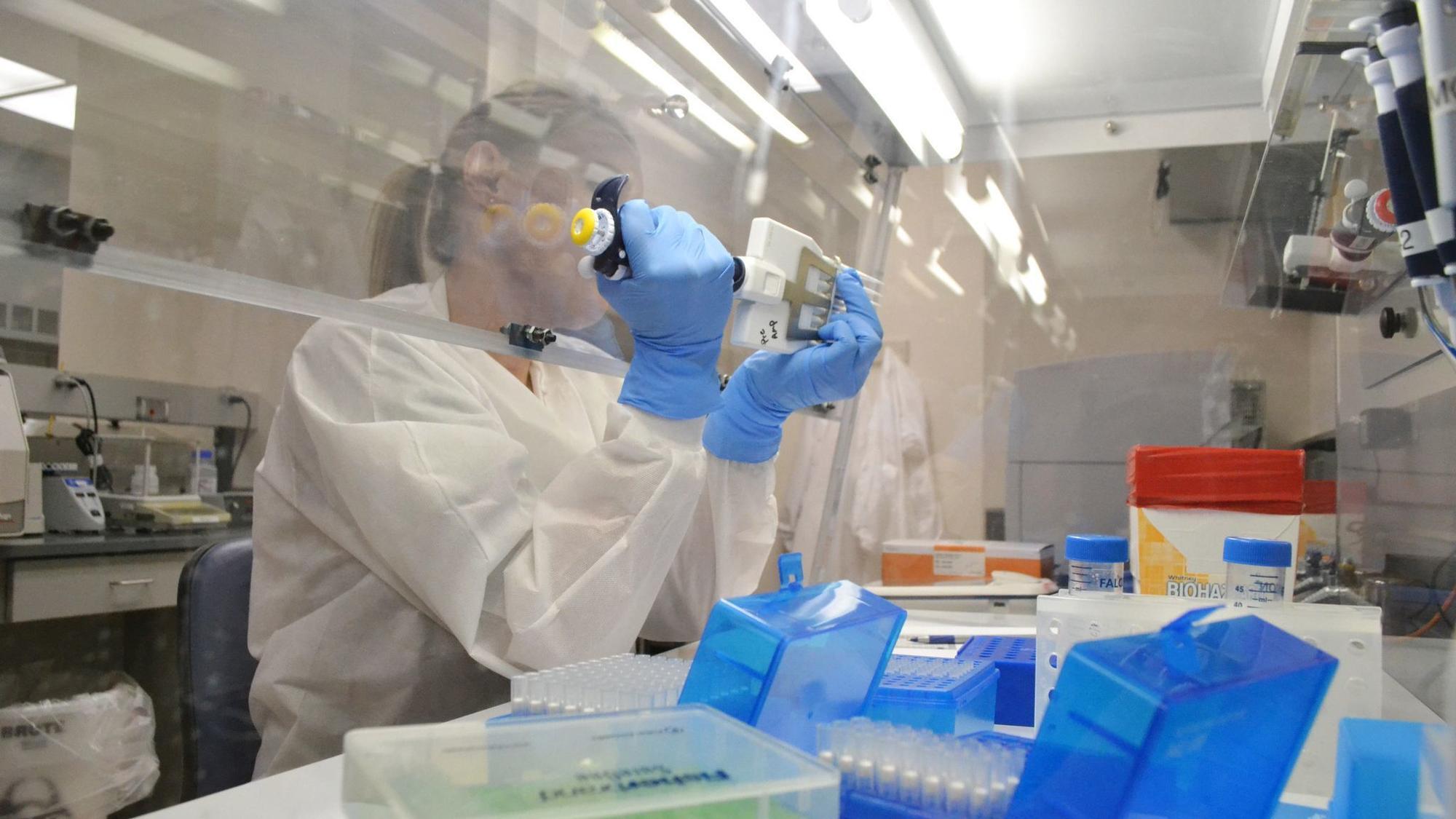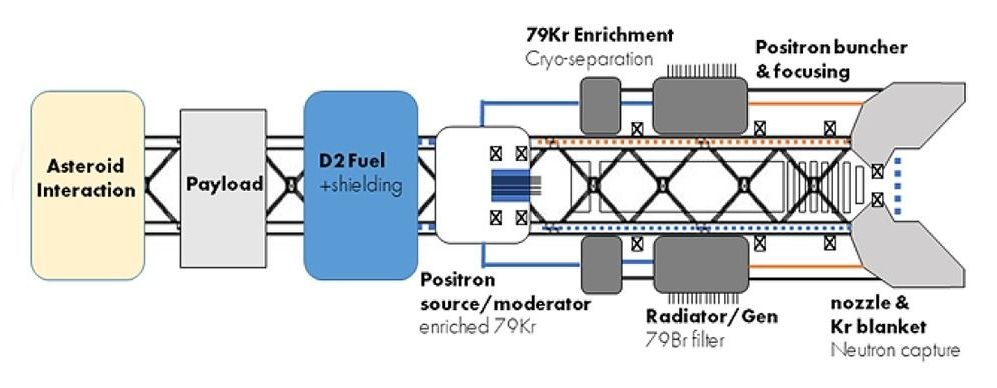Page 10129
Jun 3, 2018
In the Age of AI, Children Should Befriend Their Supertoys
Posted by B.J. Murphy in categories: futurism, robotics/AI

There is no doubt that artificial general intelligence (AGI) — an AI that is capable of generating human-level intelligence — is on its way. It’s only a matter a when, not if. According to some researchers, the quest to developing AGI may take longer than expected. But even then, the quest continues on.
How we treat robots in the future may significantly rely on how we expose children to artificially intelligent supertoys today.
Continue reading “In the Age of AI, Children Should Befriend Their Supertoys” »
Jun 3, 2018
Las Vegas casino workers prep for strike over automation: ‘Robots can’t beat us’
Posted by Dan Kummer in category: robotics/AI
A glimpse of life in the next decade.
Increasing automation has become a sticking point alongside other issues that could see workers bring city to a standstill.
Dan Hernandez in Las Vegas.
This NASA/ESA Hubble Space Telescope image shows a cluster of hundreds of galaxies located about 7.5 billion light-years from Earth. The brightest galaxy within this cluster, named SDSS J1156+1911, is visible in the lower middle of the frame. It was discovered by the Sloan Giant Arcs Survey, which studied data maps covering huge parts of the sky from the Sloan Digital Sky Survey. The survey found more than 70 galaxies that look to be significantly affected by a cosmic phenomenon known as gravitational lensing.
Gravitational lensing is one of the predictions of Albert Einstein’s General Theory of Relativity. The mass contained within a galaxy is so immense that it can actually warp and bend the very fabric of its surroundings (known as space-time), forcing light to travel along curved paths. As a result, the image of a more distant galaxy appears distorted and amplified to an observer, as the light from it has been bent around the intervening galaxy. This effect can be very useful in astronomy, allowing astronomers to see galaxies that are either obscured or too distant to be otherwise detected by our current instruments.
Galaxy clusters are giant structures containing hundreds to thousands of galaxies, some with masses over one million billion times the mass of the Sun! SDSS J1156+1911 is only roughly 600 billion times the mass of the Sun, making it less massive than the average galaxy. However, it is massive enough to produce the fuzzy, greenish streak seen just below the brightest galaxy — the lensed image of a more distant galaxy.
Jun 3, 2018
Radioisotope Positron Propulsion
Posted by Klaus Baldauf in categories: robotics/AI, space
Ryan Weed Positron Dynamics.
Current state of the art in-space propulsion systems based on chemical or ion propellants fail to meet requirements of 21st century space missions. Antimatter is a candidate mechanism for a propulsion system that could transport humans and/or robotic systems with drastically reduced transit times, providing quicker scientific results, increasing the payload mass to allow more capable instruments and larger crews, and reducing the overall mission cost. Unfortunately, previous propulsion concepts relied on unrealistic amounts of trapped antimatter — orders of magnitude away from any near-term capability. The goal of this effort is to determine the feasibility of a (TRL 1–2) radioisotope positron catalyzed fusion propulsion concept that does not rely on trapped antimatter. Such a transformative technology inspires and drives further innovation within the aerospace community and can be applied to a relevant mission — the bulk retrieval of an entire asteroid into translunar space — a mission of great scientific and commercial interest (e.g. asteroid mining). The idea of harnessing resources from asteroids goes back more than a century to Tsiolkovsky. Fundamentally, for asteroid mining to become financially viable, the cost of the retrieval spacecraft must be less than the value gained from the asteroid. Therefore, developing technology (e.g. efficient propulsion systems) that decreases the mass and complexity of the retrieval spacecraft must be a priority.
Editor: Loura Hall
Jun 3, 2018
A Fully 3D Printed Rocket Is Not as Crazy as it Seems. Investors Agree
Posted by Michael Lance in categories: 3D printing, space travel

60 days.
That’s how long it will take to produce and launch a rocket if the parts are 3D printed, according to the CEO of Relativity Space, a startup that seeks to do just that.
Continue reading “A Fully 3D Printed Rocket Is Not as Crazy as it Seems. Investors Agree” »

Railroads aren’t great if they’re underwater.
Scientists have directly observed sea level rise since the late 18th century. And as they forecast the next 20, 50, and 100 years, sea level rise will continue to accelerate at an alarming rate. That rise won’t just threaten homeowners on the coast — it will also impact the critical infrastructure that supports many of our largest cities.
Continue reading “Why chronic floods are coming to New Jersey” »
Jun 2, 2018
Google Plans Not to Renew Its Contract for Project Maven, a Controversial Pentagon Drone AI Imaging Program
Posted by Amnon H. Eden in categories: business, drones, ethics, military, robotics/AI
Google ends Pentagon contract to develop AI for recognising people in drone videos after 4,000 employees signed an open letter saying that Google’s involvement is against the company’s “moral and ethical responsibility”.
Google will not seek another contract for its controversial work providing artificial intelligence to the U.S. Department of Defense for analyzing drone footage after its current contract expires.
Google Cloud CEO Diane Greene announced the decision at a meeting with employees Friday morning, three sources told Gizmodo. The current contract expires in 2019 and there will not be a follow-up contract, Greene said. The meeting, dubbed Weather Report, is a weekly update on Google Cloud’s business.
Jun 2, 2018
Prostate cancer breakthrough as new drug keeps men with previously ‘untreatable’ cases alive
Posted by Genevieve Klien in categories: biotech/medical, innovation
M en with previously “untreatable” prostate cancer are being kept alive by a new drug in what experts believe may be a breakthrough for patients with the worst form of the disease.
A British trial has for the first time shown that state-of-the art immunotherapy can be used to target prostate tumours.
The study at the Royal Marsden Hospital in London found more than a third of men who had run out of existing options were still alive and one in ten had not seen their tumours grow after a year of taking Pembrolizumab, which targets a gateway helps the immune system to attack cancer cells.
Jun 2, 2018
New blood test could be the ‘holy grail of cancer research’
Posted by Genevieve Klien in category: biotech/medical
A blood test could one day save millions by allowing doctors to screen for cancer before patients show symptoms.
The test, called a “liquid biopsy,” screens for 10 types of the disease by detecting trace amounts of DNA released into the bloodstream by cancer cells. So far, it has proven particularly capable of detecting ovarian and pancreatic cancer, both of which have significantly lower mortality rates when caught early enough to perform surgery as a means of removing the cancer. Unfortunately, most are caught after patients begin to show symptoms, which is often after the cancer has spread to other parts of the body.
“This is potentially the holy grail of cancer research, to find cancers that are currently hard to cure at an earlier stage when they are easier to cure,” says Dr. Eric Klein of Cleveland Clinic’s Taussig Cancer Institute. “We hope this test could save many lives.”
Continue reading “New blood test could be the ‘holy grail of cancer research’” »













